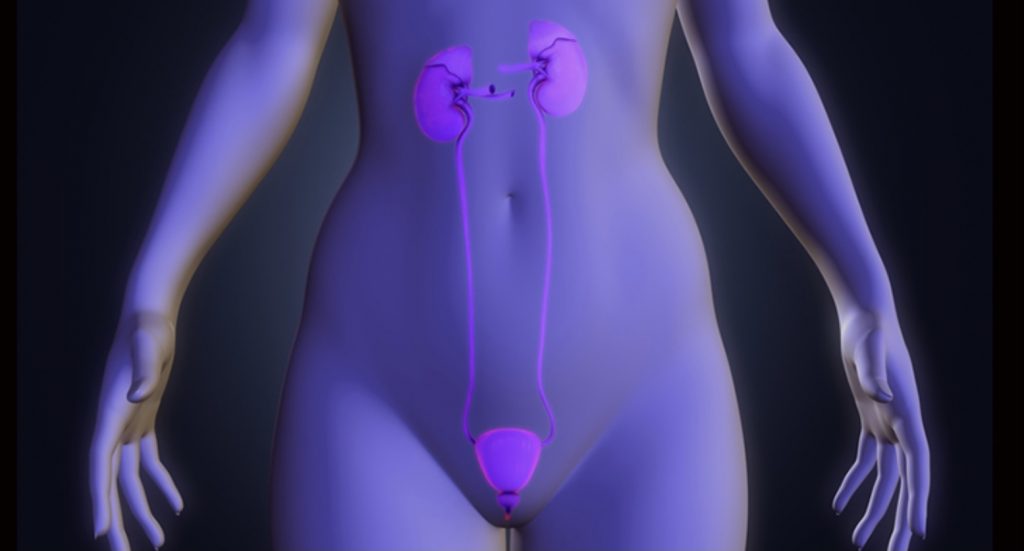
How common does endometriosis affect the urinary tract and where?
The evidence shows that 1-4% of women with endometriosis,will also have endometriosis somewhere in the urinary tract.These sites are usually the ureters and the bladder.

What are the symptoms of urinary tract endometriosis?
Women with endometriosis of the urinary tract have few to no symptoms.For that reason endometriosis has been characterized as “silent killer”.The most common of these symptoms are urgency,increased urinary frequency,pain during urination and recurrent urinary tract infections.In more severe cases,women might observe blood in the urine.
How is the diagnosis of endometriosis in the urinary tract made?
Diagnosing urinary tract endometriosis requires a detailed history and a very detailed clinical examination.Transvaginal ultrasonography can depict large endometriotic nodules that invade the bladder.CT urography and MRI can diagnose ureteral obstruction or/and hydronephrosis.Laparoscopy and cystoscopy are crucial in the diagnosis and treatment of urinary tract endometriosis.
What is the role of laparoscopy in the diagnosis and treatment of urinary tract endometriosis?
Urinary tract endometriosis,like bowel endometriosis represent an advanced stage of the disease.
Ureteral obstruction, if left untreated,can lead to irreversible kidney damage and kidney loss (silent kidney loss).
A study performed in 2012 showed that 25-50% of women with endometriosis of the urinary tract,will also have damaged kidney function,whereas in an “unknown number of these women” the kidney function is totally lost.
Laparoscopy is the gold standard method to diagnose and treat at the same time the problem.
The role of the team in these cases is very crucial for the optimal management of the patient and success.
Dr. Kyriakopoulos and his team have diagnosed and treated successfully many difficult urinary tract endometriosis cases.These patients now enjoy a pain-free life without any symptom and without any danger for their kidneys’ function.
